Growing up, all the women in my family did (and still do) some sort of textile-based crafting. Needlepoint, embroidery, knitting, crochet; you name it, my mother, aunt, cousins, grandmothers, etc, were probably skilled in it. I’ve done some needlepoint in my life, but generally I’ve never had the knack for this sort of thing… until now!
My friend Carol (of KimonoMomo on Etsy and the Ardent Thread blog) recently set up a crowdfunding project to help fund a trip to Japan to meet with textile artisans and as a thank-you for contributing, she sent me this nifty sashiko kit. Included was a large piece of rough indigo, two pieces of beautiful quilting cotton with parasols, and three skeins of coordinating thread. What I loved about this project was that theres’s no “right” or “wrong” way to do it. It inspires a great deal of creativity and freedom, which is what I think was missing from my previous attempts at any sort of needlepoint craft.
When I opened the package, I knew I wanted to feature the parasols centrally, so I cut a few of them out of the fabric and appliquéd them onto the indigo fabric. I spent some time looking up different styles of sashiko stitching and then decided that I would fill the background with “clouds” of differing stitches and colours. Initially I was going to do each segment in a different pattern but I worried it might look too busy and stuck to two – one following the print on the base fabric, and one of seigaiha (waves). I loved how organically the whole thing came together, and whenever something didn’t quite work out I could simply undo it and try something else. I also chose to accent the ferrule of each parasol with a little pink quartz, and threw a few other random beads into the background to add a little texture and interest.
Overall, I am utterly thrilled with how my first sashiko project came together. It was very relaxing, challenging enough to keep my interest without being frustrating, and the end results are totally unique. I think they’ll make beautiful gifts full of love and meaning, and they’re very soothing to do. I’m certain this won’t be my last one! If you’re looking to get into sashiko yourself, Carol’s Etsy shop has a fantastic selection of needles, threads and fabrics, as well as a wealth of knowledge to share.
I received this item as a backer perk for a project or product that was crowd-funded (Kickstarter, IndieGoGo, etc)
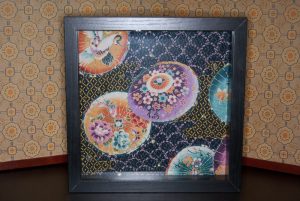

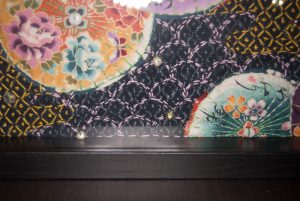
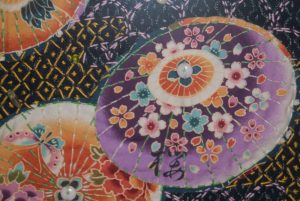
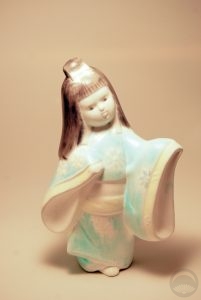
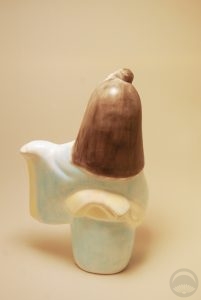
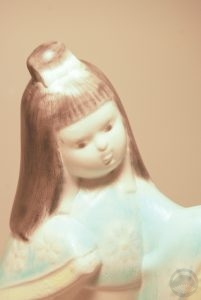
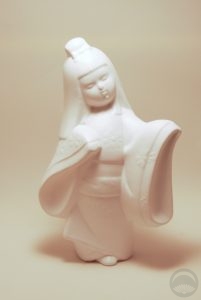
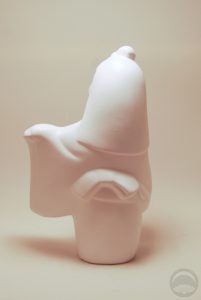
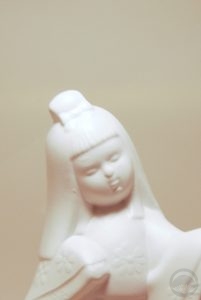
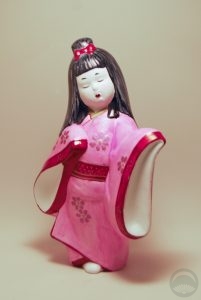
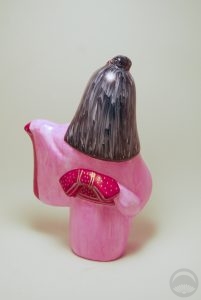
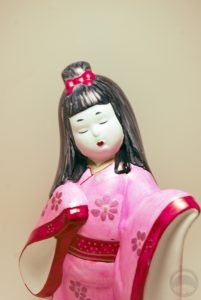
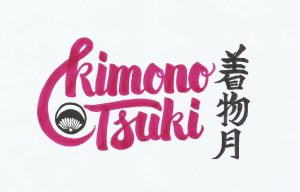
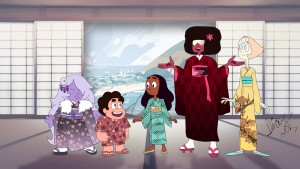
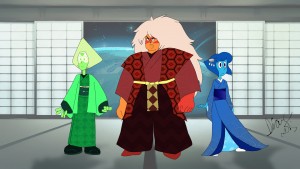
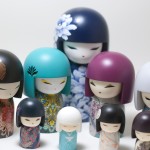
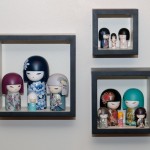
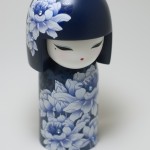
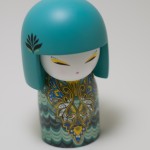
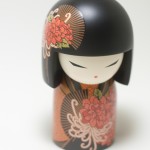
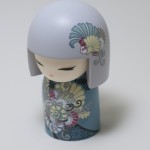
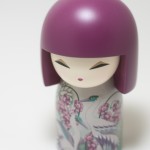
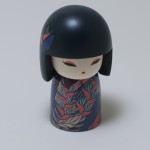
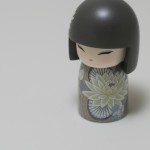
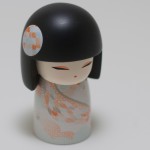
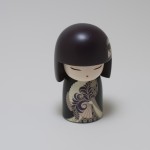
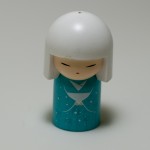












 Bebe Taian
Bebe Taian CHOKO Blog
CHOKO Blog Gion Kobu
Gion Kobu